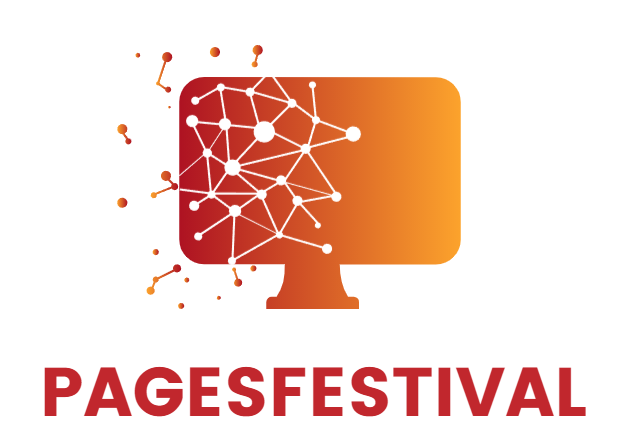Metal forging is a manufacturing process that involves the shaping of metal using compressive forces. It has been around for centuries and is still widely used in various sectors, including the construction, automotive, engineering, and aerospace industries. In this article, you'll learn the metal forging techniques, their procedures, and their distinctive features. Moreover, you can visit various websites online to get more information about metal forging.
Types of Metal Forging
There are various forms of metal forging, each with unique qualities and benefits. The most common types of metal forging include:
Open-Die Forging:
In this kind of forging, the metal is compressed between two flat dies without the dies being fully closed. The metal flows to assume the die's shape. Open-die forging is the best option for producing large parts with rough surface finishes.
Closed-Die Forging:
The process of shaping the metal between two dies to create the desired form is known as impression forging. Due to the closure of the dies, the metal is compelled to adopt the dies' shape. For producing small to medium-sized parts with high accuracy and detail, closed-die forging is the best option.
Processes Involved in Metal Forging
The metal is heated to a specific temperature to make it more malleable and easier to shape. This is just one step in the metal forging process.
- Forming the Metal: One of the various metal forging methods previously mentioned is then used to shape the metal.
- Trimming and finishing: The excess metal is removed after the forging process, and the part is finished to the required standards.
- Heat Treatment: Depending on the material and application, the forged part may go through heat treatment to enhance its mechanical properties, such as strength and durability.
Characteristics of Metal Forging
In comparison to other manufacturing methods like casting and machining, metal forging has several benefits. The following are some of the essential elements of metal forging:
- Strength and Durability: Forged parts are stronger and more robust than parts made using other manufacturing processes. Forging increases the density of the metal and enhances its mechanical qualities, such as toughness and fatigue resistance.
- Material Utilization: Metal forging allows for efficient use of materials, as it produces little to no waste during the manufacturing process. As a result, it is a more economical manufacturing process than casting or machining.
- Precision and accuracy: Metal forging is the best option for applications that call for precise parts with close tolerances and fine details because it can produce high precision and accuracy.
- Surface Finish: Forged parts have a uniform, smooth surface finish, making them perfect for uses that call for a polished appearance.
- Versatility: Metal forging is versatile because it can create parts in various shapes and sizes.
Conclusion
In conclusion, industries can choose the best manufacturing technique for their particular needs by understanding the various types of metal forging, the procedures involved, and the distinctive features of this technique. With its ability to produce robust, long-lasting, and accurate parts for various applications, metal forging remains a crucial component of many industries. With ongoing developments in technology and materials, metal forging has a significant opportunity to support innovation and advancement in various industries.


